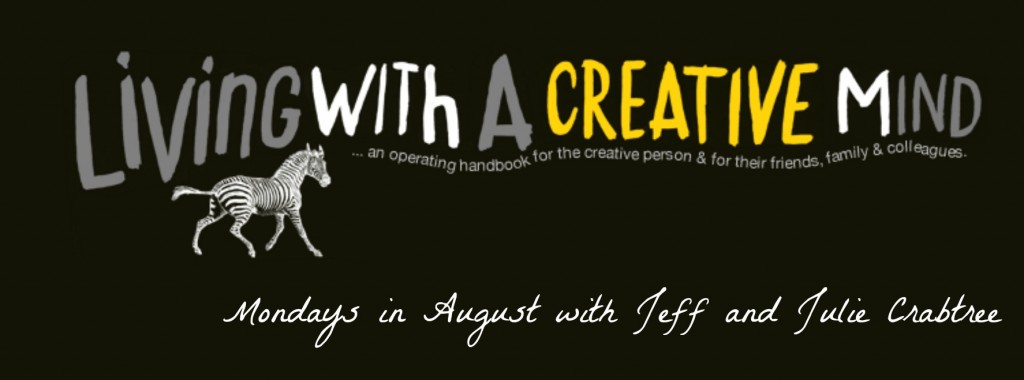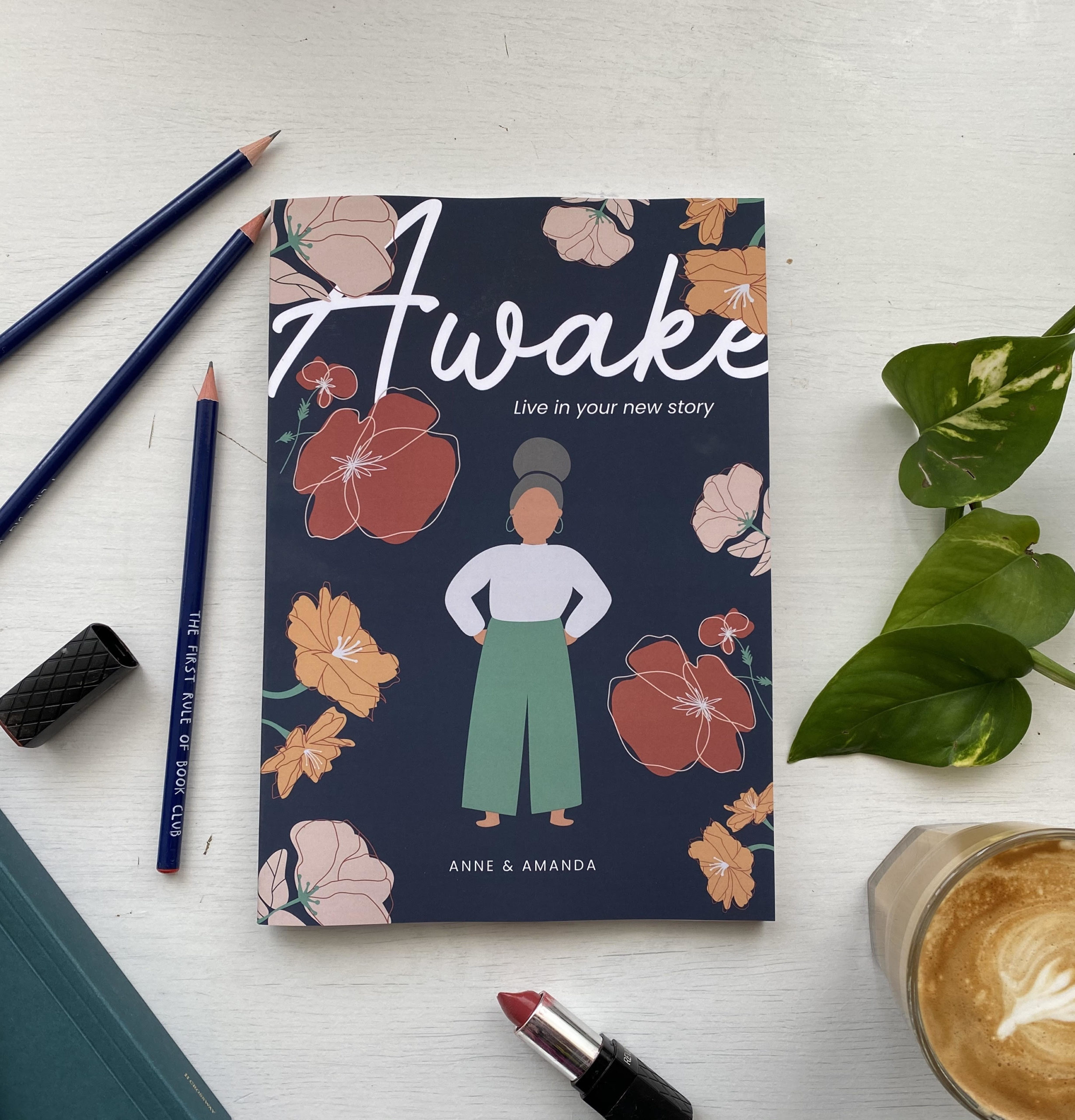Last year a quiet little paper was published in a US based research journal, which traced the IQ and creative thinking scores of US children over fifteen years.
The researcher found that while IQ had increased (IQ as measured by intelligence tests), the alarming finding was that creative thinking was declining(Kim, 2011). He suggested that the drop in creative thinking followed the introduction of NAPLAN style standardised testing in the US that valued learnt, memory based literacy and numeracy outcomes.
What’s the problem you might ask?
IQ is the big indicator of success and potential, leading to entry into positions in medicine, law – a life of financial security etc etc etc. while creative thinking leads to… being creative –good for a nice hobby on the side, but shouldn’t be valued in serious educational and academic circles. As one of the participants (studying medicine) in Julie’s doctoral study said, “why would you want to do anything creative, isn’t it a waste of time?”.
Along with the eminent, visionary, articulate Ken Robinson we believe that creative thinking is critical for our changing postmodern world.
Creative thinking involves a couple of elements; the first is lateral and innovative thinking and includes the ability to explore beyond the logical and simple solution. Julie had a client whose prestigious role in a major multinational computer company required high powered logical thought however, this way of thinking and problem solving prevented her from thinking about her problem from different perspectives.
Solving her relational issues required a more complex, lateral, less logical, albeit “messier” way of thinking. She was invited to brainstorm, think more imaginatively and avoid “premature closure”. Resistance to premature closure describes intellectual curiosity and openmindedness.
The best way to demonstrate lack of premature closure is to do it with pictures.
Figure 1: Create an imaginative picture from the image above.
Figure 3: “Gummy bear on skis with cloud” Person B
Adapted from real participant response to Abbreviated Torrance Test of Creative Thinking for Adults
The type of thinking shown in image three represents an approach to solving problems that demonstrates the ability to perceive differently, imaginatively, humorously and originally when faced with the same “problem” of completing the picture – interestingly the same participant (med student) in Julie’s study commented that “this was the hardest thing I have had to do” ie conceive an original idea.
So creative thinkers are great innovators and creative problem solvers – in a major meta-analysis into this area creative thinkers are able to define problems differently and uniquely as well as quickly retrieve information –using fluid or divergent thinking -from a vast memory bank of previous impressions, memories, experiences in order to creatively solve problems. (Ma, 2009)
So our question is, “who do you want to help you solve your complex problems, person A or B and who do we want to lead us in our highly complex world?
Society needs people skilled in logical/ linear (convergent) thinking as well as creative/ fluid (divergent) thinking but if our education system and society is only valuing one type of thinking over the other – then it will reduce our ability to solve the complex rapid problems facing our individual lives and society.
In order to stir up our creative thinking – lets embrace curiosity, imagination and resist premature closure – avoid going for the quick fix, simple, sound bite solution and sit with and listen to the more complex and maybe even messier responses to problems…
Of course those who are great at thinking creatively can get caught up in overdriven (maybe even catastrophic) thinking but that’s for another blog.
Thanks for reading with us
Jeff and Julie Crabtree
KIM, K. H. 2011. The Creativity Crisis: The Decrease in Creative Thinking Scores on the Torrance Tests of Creative Thinking. Creativity Research Journal, 23, 285-295.
MA, H.-H. 2009. The effect size of variables associated With creativity: a meta-analysis. Creativity Research Journal, 21, 30-42.
 Jeff and Julie Crabtree are the authors of Living with a Creative Mind, a survival guide for creative people and those who live and work with them. Their work is to help creative people be more productive without sacrificing their health, relationships and longevity.
Jeff and Julie Crabtree are the authors of Living with a Creative Mind, a survival guide for creative people and those who live and work with them. Their work is to help creative people be more productive without sacrificing their health, relationships and longevity.
They are also the directors of The Zebra Collective an online mentoring service that is designed for how creative people think and work. They produce short weekly bursts of highly digestible creative, psychological and management insight in visual form. They are also collecting and curating some of the most interesting behind the scenes stories from expert creative professionals worldwide. www.zebracollective.com www.livingwithacreativemind.com







